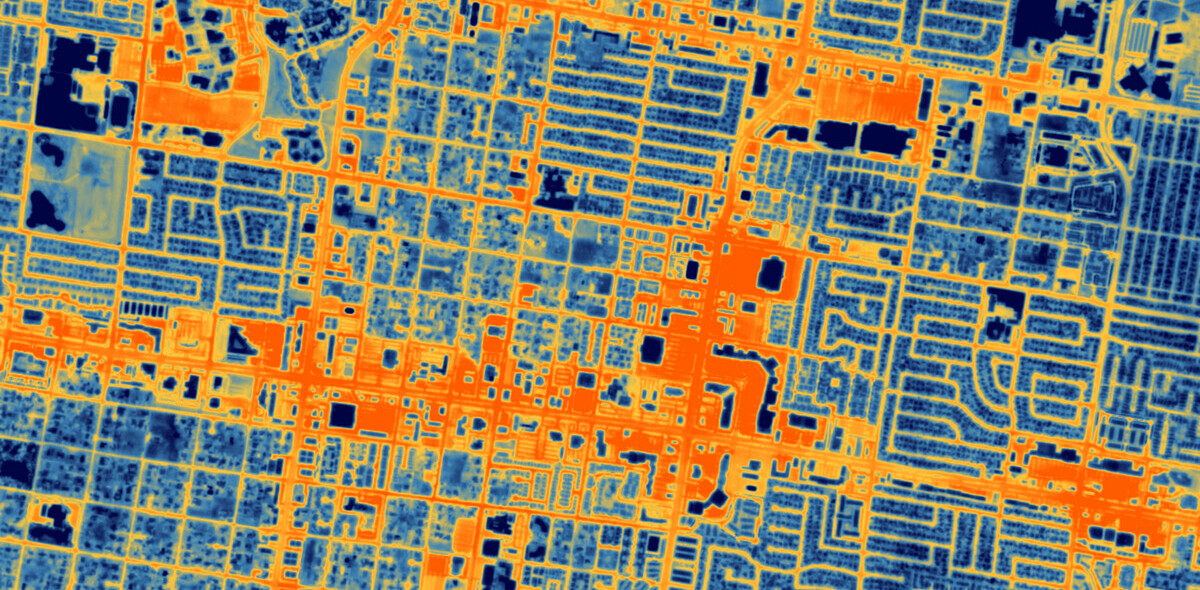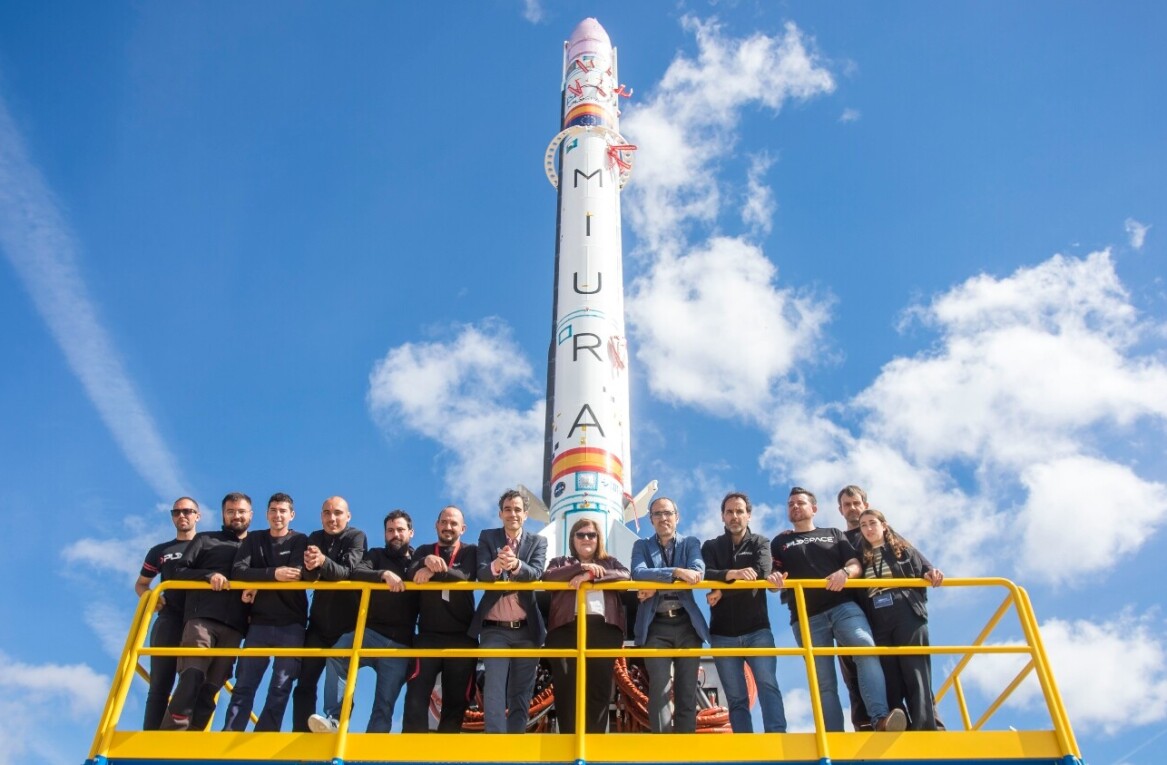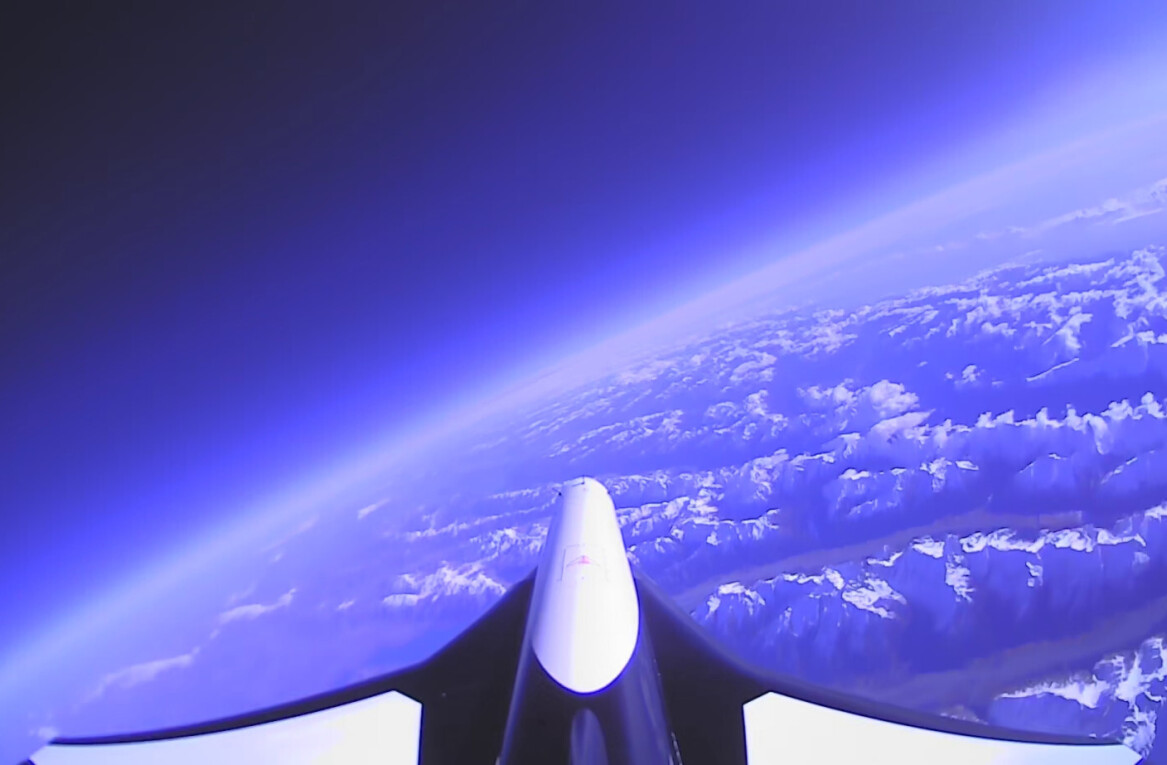
![]() Avatar, the movie Oscar winning Director James Cameron, is now the world’s most expensive movie ever made.
Avatar, the movie Oscar winning Director James Cameron, is now the world’s most expensive movie ever made.
The movie has received enormous praise, particularly from the movie and tech blogosphere who have been blown away by the films 3D and CGI effects. Also, the movie currently sits at 26 on IMDB’s list of the most highly rated movies of all time, no mean feat.
One thing that particularly fascinated me however is Cameron’s use of a new 3D shooting technology called 3D Fusion. The technique requires an enormous amount of processing power, and needless to say, also a lot of storage space, but how much?
The entire rendering of Avatar reportedly requires over 1 Petabyte of storage space according to BBC’s Clickbits, which is the equivalent of 500 harddrives of 2TB each. That’s equal to a 32 year long MP3 file(!).
The movie was shot and rendered in Miramar, New Zealand, (population 8,334) in one of the most powerful purpose-built data centers in the world (same place they created King Kong and Lord of the Rings). According to Information Management, the computing core – 34 racks, each with four chassis of 32 machines each – adds up to some 40,000 processors and 104 terabytes of RAM. The blades read and write against 3 petabytes of fast fiber channel disk network area storage from BluArc and NetApp.
All the gear sits tightly packed and connected by multiple 10-gigabit network links. “We need to stack the gear closely to get the bandwidth we need for our visual effects, and, because the data flows are so great, the storage has to be local,” says Paul Gunn, Weta’s data center systems administrator.
So before you wonder what someone did with a 300 million budget, it’s worth noting that just the storage costs of the movie would have been in the million range. Mind blowing.
Get the TNW newsletter
Get the most important tech news in your inbox each week.




